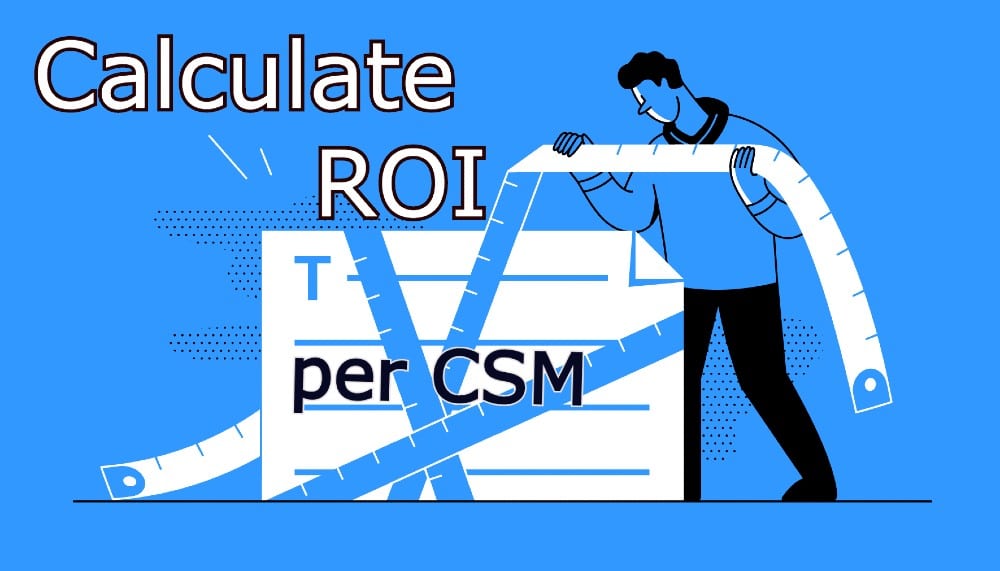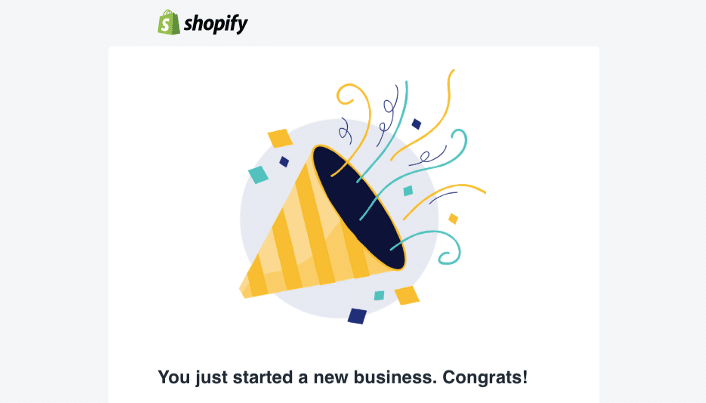Investors have various areas of focus on the expectations of the SaaS (software as a service) companies they’re willing to invest in. With that said, there are a few key company qualities that virtually all savvy investors consider vital to their final decisions.
First, investors will virtually always assess whether companies offer products that solve real problems, offer tangible potential for PMF, and hold a large enough market share to promise a sizable earning opportunity. They also want to see differentiation and to understand clearly what sets you apart from your competitors.
Second, investors want to know that the founders of the businesses seeking funding have unique and intelligent insights into their chosen markets. As a founder, you need to understand the problems that your products aim to solve, and have an innovative and flexible perspective on how to solve them.
Third, smart investors are eager to meet business owners with a crystal-clear vision. They want to know what kind of impact your operation will have on its industry and on your target market, and whether or not you can convey this image persuasively.
Articulating your vision is especially important during fundraising meetings if you aim to make a good impression and secure the funds you need to get your SaaS company off the ground.
What SaaS Investors are Looking For
Thousands of public SaaS and cloud companies are currently experiencing something of a conundrum. Many companies are being dinged or dropped by their investors entirely after reporting their earnings—and it’s important to understand why.
Many experts believe that these SaaS companies that investors anticipated could accelerate during periods of rapid digital transformation are not meeting their exacting expectations. Unfortunately, this can—and often does—lead to a considerable drop in the offending companies’ share prices.
Startups’ public valuations update much more frequently than private valuations, so changes in SaaS stocks may take a while to reflect in valuations. SaaS and cloud valuations still appear to be strong across the board, particularly when it comes to companies like Salesforce and Zoom. These high valuations have left revenue multiples high, and the general market dynamic towards public SaaS companies and startups has not changed much as yet.
These factors make SaaS businesses particularly appealing for investors, as long as the companies in question display the right metrics and milestones. SaaS stocks are based on classic metrics like price-to-earnings (P/E) and price-to-free-cash-flow (P/FCF) ratios, which show how a company is performing.
Most investors assess these three metrics to determine whether a company is attracting enough customers to warrant funding:
- Customer acquisition expenses. A SaaS company that is onboarding plenty of users will experience similar increases in marketing and sales costs. Investors want to know that these expenses are growing at a slower pace than the companies’ ARR increases.
- Total user growth. Most SaaS companies publish their growth of user numbers in their press releases. When this growth is apparent, it shows investors that the SaaS service is a superior and viable one. If a company is on the larger side, it may also favor metrics like ARR to calculate cash flow accurately.
- Annual recurring revenue. ARR is a more favorable metric than revenue growth due to how revenue is recognized. ARR offers a clearer, more comprehensive picture of income rates while factoring in recurring earnings and sales factors over longer time frames. Companies that display attractive and growing ARR rates will be significantly more likely to secure investment.
Why So Many SaaS Businesses Fail
It’s expected that the SaaS industry will expand by a further 21.2% by 2023. The sector’s entry barrier is currently at its all-time low and the temptation of multi-million dollar acquisitions is soaring, making SaaS an alluring prospect for any passionate entrepreneur.
However, there’s always a caveat with launching startups in this industry and virtually any other: the failure rate for startups is remarkably high. This is especially true for SaaS businesses, with an estimated 92% of these companies failing within their first 3 years despite ample funding and growth.
Naturally, this high failure rate has created equally high expectations among SaaS investors, who want to be sure that their investments will generate long-term returns. SaaS companies that don’t meet investor expectations simply won’t secure the funding they are hoping for and run a much higher risk of failing.
Here are some of the most common reasons SaaS companies fail:
#1: Failing to Establish a Product-Market Fit
SaaS startups that are floundering may try to address a problem that doesn’t need solving. Businesses with a poor or absent product-market fit will nearly always fail, especially if their founders haven’t conducted sufficient market research before launching their operations.
SaaS companies need to do the groundwork and ask target customers if they would deem their services useful and practically helpful for solving real-world problems. Once these companies have established a product-market fit, they need to foster a deep understanding of their customers to identify problems, streamline their products, and match them to their customers’ needs.
#2: Cash Flow Problems
So many SaaS startups make the mistake of choosing showmanship over ensuring that they build a viable business and a reliable customer base. Companies that spend their funds on sleek offices, branding, and marketing before perfecting their product can suffer from severe cash flow problems.
Similarly, those that have little knowledge of how to manage employees, HR, payroll, and benefits can run into financial difficulties. This is where a PEO (professional employer organization) can be incredibly useful, even for the smallest start-ups. PEOs take care of HR, payroll and other admin tasks, and can save businesses both time and money, when and where it counts.
Of course, investors will be hesitant to continue supporting startups that are experiencing cash flow issues so early in their lifespans. Founders may give away equity or law personal guarantees in a bid to save their businesses, which can leave them in even worse financial straits.
Funds are better spent during the startup phase on design, road mapping, and product development. Companies should only allocate marketing budgets once they have established a sufficient product-market fit. Many startups are now gravitating towards revenue-based financing, which carries less risk and lower costs while also ensuring that funding will continue to roll in as long as they are maintaining a sustainable business model.
#3: More Churn than Growth
Every SaaS startup is eager to reduce churn however they can. If their churn outstrips their customer acquisition rates, they could fail to meet investors’ expectations and bring in the cash they need to stay afloat.
If your annual churn rate is higher than the 5-7% average, you may need to readjust your retention strategy by communicating with customers and ensuring that your product is satisfactory. If your customers find your services consistently valuable, you will be able to secure longer client life cycles and more stable income.
The Bottom Line
SaaS companies who don’t meet investors’ expectations may face ongoing funding challenges, and most times, eventual failure. Considering the high rate of startup failure in the SaaS industry, investors have clear and strict expectations that must be met before they’re willing to take the risk of financing new enterprises.
Startups can ensure that they meet these requirements by establishing a solid product-market fit. Perfecting their product before marketing it. And keeping in touch with their customers to reduce their churn rates and stabilize their revenues.




